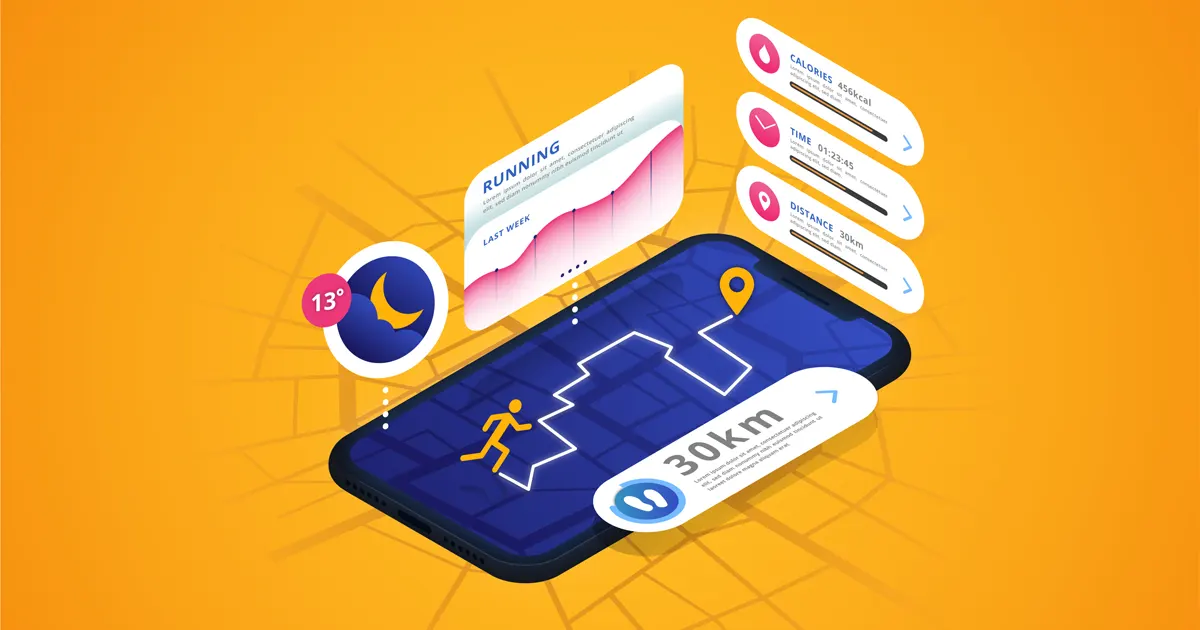What is Geofencing and How Does It Work in Mobile Marketing ?
Understanding Geofencing Technology
Geofencing is a location-based mobile marketing technology that allows businesses to send targeted messages or offers to consumers when they enter a defined geographic area. By setting up virtual boundaries, businesses can trigger notifications, ads, or promotions directly to a user’s smartphone when they cross into or out of a specific location. This real-time interaction enables businesses to create highly relevant, personalized experiences for customers, enhancing engagement. Geofencing leverages GPS, Wi-Fi, and cellular data to deliver these precise, location-based marketing messages, making it an invaluable tool for local businesses and large brands alike.
How Geofencing Works in Mobile Marketing Campaigns
Geofencing in mobile marketing works by establishing a digital perimeter around a particular location, such as a store, event, or specific geographical area. When a consumer’s mobile device enters this zone, the system sends a trigger—usually in the form of a push notification, SMS, or app alert—prompting them with a message, promotion, or special offer. This level of targeting helps businesses reach customers at the right moment, increasing the likelihood of conversion. Geofencing can be used to deliver discounts to nearby customers, remind them about abandoned shopping carts, or promote limited-time deals, making it an effective tool for driving in-store visits and online purchases.
Benefits of Geofencing in Mobile Marketing
Improved Customer Engagement with Personalized Offers
One of the biggest advantages of using geofencing in mobile marketing is the ability to send personalized, relevant offers to customers based on their location. By targeting individuals when they are near your physical store or event, you can provide them with special promotions or reminders, encouraging them to engage with your brand. For example, a customer walking near your coffee shop can receive a push notification offering them a discount on their favorite drink. These location-based offers not only boost engagement but also increase the chances of conversion, driving foot traffic and sales for your business.
Enhanced Local Targeting and Increased Conversions
Geofencing offers enhanced local targeting, allowing businesses to precisely focus on customers in their vicinity. This highly targeted approach enables businesses to connect with potential customers at key moments in their decision-making process. For example, a restaurant could send a lunch special offer to users within a 1-mile radius during lunch hours, increasing the likelihood that they’ll stop by for a meal. By delivering highly relevant messages when and where they matter most, businesses can experience increased conversions and a higher return on investment (ROI) from their mobile marketing campaigns.
Real-Time Engagement and Increased Sales
The real-time capabilities of geofencing allow businesses to interact with customers at the perfect moment—when they’re in proximity to your location. This timely engagement can drive immediate action, whether it’s visiting your store, using a coupon, or making an online purchase. For example, sending a flash sale notification to customers when they walk by your store can create a sense of urgency and prompt them to act. Real-time engagement through geofencing can significantly boost sales by capitalizing on the “right time, right place” strategy, driving both immediate conversions and long-term customer loyalty.
How to Implement Geofencing in Your Mobile Marketing Strategy
Set Clear Goals for Your Geofencing Campaign
Before implementing geofencing in your mobile marketing strategy, it’s essential to set clear goals. Whether you aim to increase foot traffic to a physical store, promote in-app purchases, or boost event attendance, defining your objectives will help guide the creation of your geofencing campaigns. Once your goals are established, you can tailor your messaging, location parameters, and promotional offers to meet these objectives. For example, if your goal is to increase foot traffic, you may want to set a smaller radius around your store and send time-sensitive offers to encourage immediate visits.
Choose the Right Geofencing Platform
To make the most of your geofencing efforts, choosing the right platform is crucial. There are several geofencing platforms available that offer different features, such as precise location targeting, reporting tools, and integration with other mobile marketing strategies. Popular platforms like GroundTruth, Foursquare, or Radar provide the ability to set geofences, send push notifications, and track campaign performance. Select a platform that aligns with your business needs, budget, and marketing goals, ensuring that you can fully leverage geofencing to enhance your mobile marketing campaigns.
Create Compelling and Relevant Messages for Users
The effectiveness of geofencing largely depends on the relevance and appeal of the messages you send to users. Craft compelling, location-specific offers or reminders that encourage users to act immediately. For example, a clothing retailer might send a message with a 10% off coupon when a customer is near their store, or a hotel could offer a discount for booking a room during an event in the area. By making your messages timely, personalized, and valuable, you can increase the chances of engaging customers and driving conversions.
Best Practices for Using Geofencing in Mobile Marketing
Avoid Over-Saturation with Frequency Caps
While geofencing can be highly effective, it’s important not to over-saturate your audience with too many notifications. Bombarding customers with excessive messages can lead to ad fatigue and increased opt-out rates. To avoid this, implement frequency caps, limiting how often users receive notifications within a certain time frame. This ensures that your messages remain valuable and don’t overwhelm customers, leading to better engagement and a positive user experience. By finding the right balance, you can maximize the effectiveness of your geofencing campaigns without alienating your audience.
Test and Optimize Your Geofencing Campaigns
To get the most out of your geofencing campaigns, regular testing and optimization are essential. A/B testing different location parameters, messaging styles, and offers can help you determine which strategies yield the best results. By analyzing metrics like click-through rates (CTR), conversion rates, and customer feedback, you can fine-tune your campaigns to improve performance over time. Optimization ensures that your geofencing efforts remain effective, allowing you to refine your approach and achieve better ROI as your campaigns evolve.
The Future of Geofencing in Mobile Marketing
Integration with Augmented Reality (AR) and Virtual Reality (VR)
The future of geofencing in mobile marketing is likely to include deeper integration with emerging technologies like Augmented Reality (AR) and Virtual Reality (VR). By combining geofencing with AR, businesses can offer immersive, location-based experiences to customers. For example, a retailer could use AR to let customers visualize how products would look in their homes when they enter a geofenced area. This fusion of geofencing and AR/VR will open up new, exciting possibilities for engaging customers in highly interactive ways, creating memorable experiences that drive brand loyalty and sales.
Use of AI for Smarter Geofencing Campaigns
Artificial intelligence (AI) will play a key role in the evolution of geofencing in mobile marketing. By using AI, businesses can analyze vast amounts of customer data to create smarter, more personalized geofencing campaigns. AI can help predict customer behavior, suggest optimal times for sending notifications, and even dynamically adjust geofences based on customer activity. This advanced level of personalization will enable businesses to engage customers in more meaningful ways, improving campaign efficiency and driving higher conversion rates.
Conclusion: Harness the Power of Geofencing in Your Mobile Marketing Campaigns
Incorporating geofencing into your mobile marketing strategy can significantly enhance customer engagement, increase conversions, and boost sales. By targeting customers with location-based, timely offers, businesses can create personalized experiences that resonate with consumers at the moment they are most likely to act. Whether you’re looking to drive foot traffic, increase app usage, or promote special deals, geofencing is a powerful tool that can elevate your mobile marketing campaigns. By implementing best practices and staying ahead of emerging trends, you can ensure your brand remains relevant and competitive in today’s mobile-driven world.





